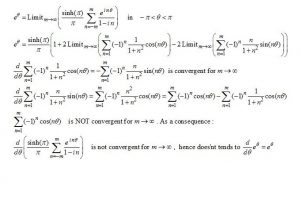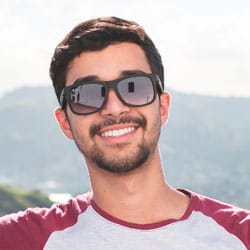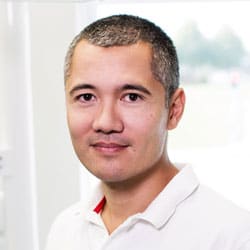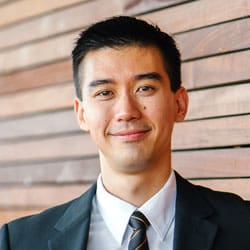About DSP-For-Kids
(For kids of any age)
What is DSP
DSP stands for Digital Signal Processing. Let’s break that down
- Digital means that you are using electronic hardware that is either purpose built for the task at hand, or you are using more general purpose hardware like a microprocessor board such as an Arduino, Raspberry Pi, or any other of the 100’s of boards available to Makers and Hobbyists.
- Signals are often information collected with sensors and connected to your microprocessor board. A temperature sensor could provide one measurement which would only tell you the temperature at one point in time. If you measured the room temperature every 10 minutes for a year (52560 measurements) you would probably be able to find patterns in the data that are related to time of day and when in the year the measurements were taken.
- Processing is of course what your microprocessor does with the sensor data, controlled by programs that you write.
Hey Google: "Introduction to DSP"
That search will find many results, that either get into complex formulas with more hieroglyphics than you ever want to see:

or it is superficial and doesn’t go into depth. Neither of these help my audience (you).
DSP-For-Kids: What are my goals
My plan is to present an in-depth course for Makers, Hobbyists, and Professionals that does not require more than High School math skills. I’ll present everything based on this understanding. So the prerequisite is that you know Add, Subtract, Multiply, and Divide.
All the material for the course is FREE, and any software that you will need to do exercises will be freely available. There will be some optional course material that I will develop after the initial work that will require you to buy some specific hardware, but I think the total cost will be less than $30, and it is optional.
The course will have exercises, quizzes, a user forum where participants can help each other, and probably some sort of points, badges and certificates that track your progress. The quizzes, points, badges, and certificates will require that you create an account on this web site, and that will be FREE too. You also need to have experience in programming in at least one computer language (Arduino, C, C++, Python, Basic). My examples will mostly be in Python or C and will avoid any tricky code unless that is the point of that part of the course.
Who is this course for.
DSP-For-Kids is an introduction to processing signals that typically come from sensors (temperature, voltage, pressure, direction, etc.) using digital technology such as a computer or microprocessor. If you are using any of the hundreds of microprocessor boards (Arduinos, Beaglebone, Raspberry Pi, or any other) and you are working with information coming from the real world, then you will need a sensor that is responsive to that information. For example, if you want to measure Pressure, you will need a Pressure sensor.
What will the course cover?
- Binary number system and arithmetic with Binary
- How many bits are enough
- How Digital to Analog converters work (DAC)
- How Analog to Digital Converters work (ADC)
- How to read a data sheet for a DAC or ADC
- How to select an ADC or DAC
- How to plan making multiple measurements
- Noise is the enemy but sometimes can help
- Oscilloscopes and Spectrum Analyzers
- Creating synthetic signals and experimenting with them
Windows, Mac, Linux
All good.
- The videos will be on Youtube
- Programming will be in Python 3 (free download and install)
- Spreadsheets
- Windows: Excel , Free version for students with school email address, Google Docs.
- Mac: Numbers or Excel or Free version for students with school email address, Google Docs
- Linux: Google Docs
- VCV Rack (free download and install)
- Documents when needed will be PDF files
What Our Students Have to Say
(If you write a nice review, maybe you will replace one of these stock photos)




